Capital One 2012 Annual Report Download - page 139
Download and view the complete annual report
Please find page 139 of the 2012 Capital One annual report below. You can navigate through the pages in the report by either clicking on the pages listed below, or by using the keyword search tool below to find specific information within the annual report.-
 1
1 -
 2
2 -
 3
3 -
 4
4 -
 5
5 -
 6
6 -
 7
7 -
 8
8 -
 9
9 -
 10
10 -
 11
11 -
 12
12 -
 13
13 -
 14
14 -
 15
15 -
 16
16 -
 17
17 -
 18
18 -
 19
19 -
 20
20 -
 21
21 -
 22
22 -
 23
23 -
 24
24 -
 25
25 -
 26
26 -
 27
27 -
 28
28 -
 29
29 -
 30
30 -
 31
31 -
 32
32 -
 33
33 -
 34
34 -
 35
35 -
 36
36 -
 37
37 -
 38
38 -
 39
39 -
 40
40 -
 41
41 -
 42
42 -
 43
43 -
 44
44 -
 45
45 -
 46
46 -
 47
47 -
 48
48 -
 49
49 -
 50
50 -
 51
51 -
 52
52 -
 53
53 -
 54
54 -
 55
55 -
 56
56 -
 57
57 -
 58
58 -
 59
59 -
 60
60 -
 61
61 -
 62
62 -
 63
63 -
 64
64 -
 65
65 -
 66
66 -
 67
67 -
 68
68 -
 69
69 -
 70
70 -
 71
71 -
 72
72 -
 73
73 -
 74
74 -
 75
75 -
 76
76 -
 77
77 -
 78
78 -
 79
79 -
 80
80 -
 81
81 -
 82
82 -
 83
83 -
 84
84 -
 85
85 -
 86
86 -
 87
87 -
 88
88 -
 89
89 -
 90
90 -
 91
91 -
 92
92 -
 93
93 -
 94
94 -
 95
95 -
 96
96 -
 97
97 -
 98
98 -
 99
99 -
 100
100 -
 101
101 -
 102
102 -
 103
103 -
 104
104 -
 105
105 -
 106
106 -
 107
107 -
 108
108 -
 109
109 -
 110
110 -
 111
111 -
 112
112 -
 113
113 -
 114
114 -
 115
115 -
 116
116 -
 117
117 -
 118
118 -
 119
119 -
 120
120 -
 121
121 -
 122
122 -
 123
123 -
 124
124 -
 125
125 -
 126
126 -
 127
127 -
 128
128 -
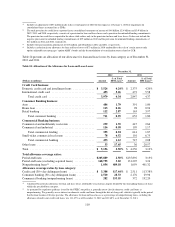 129
129 -
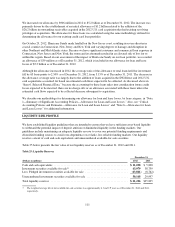 130
130 -
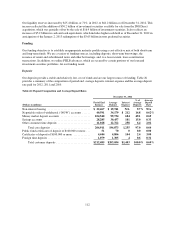 131
131 -
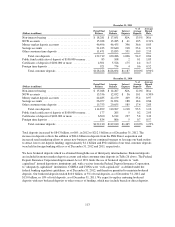 132
132 -
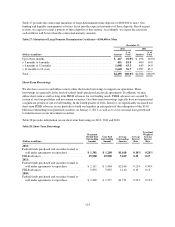 133
133 -
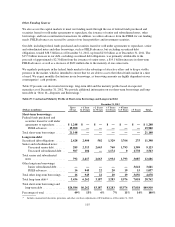 134
134 -
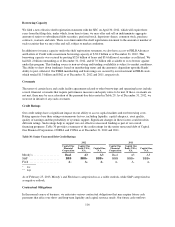 135
135 -
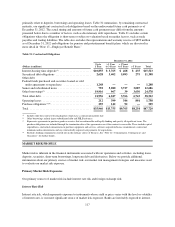 136
136 -
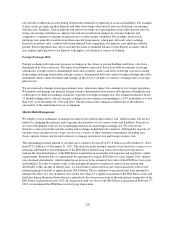 137
137 -
 138
138 -
 139
139 -
 140
140 -
 141
141 -
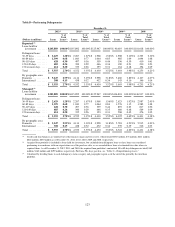 142
142 -
 143
143 -
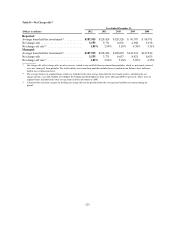 144
144 -
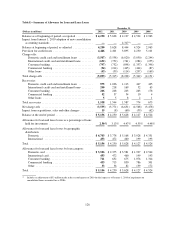 145
145 -
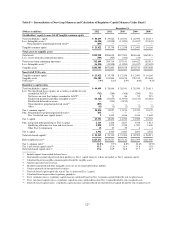 146
146 -
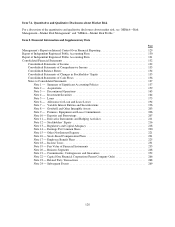 147
147 -
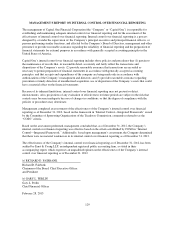 148
148 -
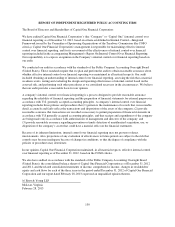 149
149 -
 150
150 -
 151
151 -
 152
152 -
 153
153 -
 154
154 -
 155
155 -
 156
156 -
 157
157 -
 158
158 -
 159
159 -
 160
160 -
 161
161 -
 162
162 -
 163
163 -
 164
164 -
 165
165 -
 166
166 -
 167
167 -
 168
168 -
 169
169 -
 170
170 -
 171
171 -
 172
172 -
 173
173 -
 174
174 -
 175
175 -
 176
176 -
 177
177 -
 178
178 -
 179
179 -
 180
180 -
 181
181 -
 182
182 -
 183
183 -
 184
184 -
 185
185 -
 186
186 -
 187
187 -
 188
188 -
 189
189 -
 190
190 -
 191
191 -
 192
192 -
 193
193 -
 194
194 -
 195
195 -
 196
196 -
 197
197 -
 198
198 -
 199
199 -
 200
200 -
 201
201 -
 202
202 -
 203
203 -
 204
204 -
 205
205 -
 206
206 -
 207
207 -
 208
208 -
 209
209 -
 210
210 -
 211
211 -
 212
212 -
 213
213 -
 214
214 -
 215
215 -
 216
216 -
 217
217 -
 218
218 -
 219
219 -
 220
220 -
 221
221 -
 222
222 -
 223
223 -
 224
224 -
 225
225 -
 226
226 -
 227
227 -
 228
228 -
 229
229 -
 230
230 -
 231
231 -
 232
232 -
 233
233 -
 234
234 -
 235
235 -
 236
236 -
 237
237 -
 238
238 -
 239
239 -
 240
240 -
 241
241 -
 242
242 -
 243
243 -
 244
244 -
 245
245 -
 246
246 -
 247
247 -
 248
248 -
 249
249 -
 250
250 -
 251
251 -
 252
252 -
 253
253 -
 254
254 -
 255
255 -
 256
256 -
 257
257 -
 258
258 -
 259
259 -
 260
260 -
 261
261 -
 262
262 -
 263
263 -
 264
264 -
 265
265 -
 266
266 -
 267
267 -
 268
268 -
 269
269 -
 270
270 -
 271
271 -
 272
272 -
 273
273 -
 274
274 -
 275
275 -
 276
276 -
 277
277 -
 278
278 -
 279
279 -
 280
280 -
 281
281 -
 282
282 -
 283
283 -
 284
284 -
 285
285 -
 286
286 -
 287
287 -
 288
288 -
 289
289 -
 290
290 -
 291
291 -
 292
292 -
 293
293 -
 294
294 -
 295
295 -
 296
296 -
 297
297 -
 298
298 -
 299
299 -
 300
300 -
 301
301 -
 302
302 -
 303
303 -
 304
304 -
 305
305 -
 306
306 -
 307
307 -
 308
308 -
 309
309 -
 310
310 -
 311
311
 |
 |

Table 32: Interest Rate Sensitivity Analysis
December 31, 2011
(Dollars in millions)
December 31,
2012
Excluding ING
Direct Swaps(1)
Including ING
Direct Swaps
Previous methodology:
Impact on adjusted projected base-line net interest income:
+ 200 basis points .................................... 1.3% 1.2% 13.7%
-50 basis points ...................................... (0.9) (0.5) (3.9)
Impact on economic value of equity:
+ 200 basis points .................................... (3.1) (1.0) 3.2
-50 basis points ...................................... (1.4) (0.4) (1.5)
Revised methodology:
Impact on adjusted projected base-line net interest income:
+ 200 basis points .................................... 2.7% NA NA
-50 basis points ...................................... (1.7) NA NA
Impact on economic value of equity:
+ 200 basis points .................................... (3.1) (1.0) 3.2
-50 basis points ...................................... (1.4) (0.4) (1.5)
NA Comparable information for December 31, 2011 is not available.
(1) Calculated excluding the impact of the interest rate swap transactions of approximately $24.8 billion entered into to mitigate some of the
interest rate risk related to the ING Direct acquisition.
Because of the large but temporary impact of the ING Direct-related swap transactions on our standard interest
rate risk reporting measures, we expanded our standard interest rate sensitivity analysis to present our interest
rate risk measures as of December 31, 2011 both with and without the impact of the $24.8 billion of interest rate
swaps described above. This presentation highlights changes in our core interest rate risk profile and the
incremental impact of the ING Direct-related swaps on our core profile over the time period that the swaps
remained outstanding. Excluding the $24.8 billion swap transactions, our interest rate sensitivity measures reflect
that we became modestly more asset sensitive between December 31, 2011 and December 31, 2012. Our
projected net interest income and economic value of equity sensitivity measures, both including and excluding
the impact of the ING Direct related swap transactions, were within our prescribed asset/liability policy limits as
of December 31, 2012 and 2011. Additionally, the new earnings sensitivity method results in a slightly higher
asset sensitivity position compared to the previous method, resulting from a higher forecasted volume of rate
sensitive assets versus rate sensitive liabilities in addition to the impact of an instantaneous rate shock.
Limitations of Market Risk Measures
The interest rate risk models that we use in deriving these measures incorporate contractual information,
internally-developed assumptions and proprietary modeling methodologies, which project borrower and deposit
behavior patterns in certain interest rate environments. Other market inputs, such as interest rates, market prices
and interest rate volatility, are also critical components of our interest rate risk measures. We regularly evaluate,
update and enhance these assumptions, models and analytical tools as we believe appropriate to reflect our best
assessment of the market environment and the expected behavior patterns of our existing assets and liabilities.
There are inherent limitations in any methodology used to estimate the exposure to changes in market interest
rates. The above sensitivity analyses contemplate only certain movements in interest rates and are performed at a
particular point in time based on the existing balance sheet and, in some cases, expected future business growth
and funding mix assumptions. The strategic actions that management may take to manage our balance sheet may
differ from our projections, which could cause our actual earnings and economic value of equity sensitivities to
differ from the above sensitivity analyses.
120
